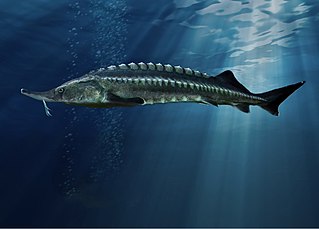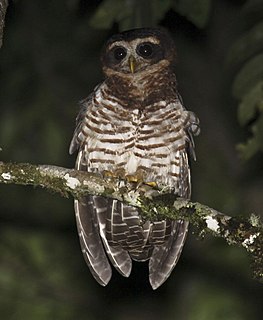
The Endangered Species Act of 1973 is the primary law in the United States for protecting imperiled species. Designed to protect critically imperiled species from extinction as a "consequence of economic growth and development untempered by adequate concern and conservation", the ESA was signed into law by President Richard Nixon on December 28, 1973. The U.S. Supreme Court called it “the most comprehensive legislation for the preservation of endangered species enacted by any nation". The purposes of the ESA are two-fold: to prevent extinction and to recover species to the point where the law's protections are not needed. It therefore “protect[s] species and the ecosystems upon which they depend" through different mechanisms. For example, section 4 requires the agencies overseeing the Act to designate imperiled species as threatened or endangered. Section 9 prohibits unlawful ‘take,’ of such species, which means to “harass, harm, hunt...” Section 7 directs federal agencies to use their authorities to help conserve listed species. The Act also serves as the enacting legislation to carry out the provisions outlined in The Convention on International Trade in Endangered Species of Wild Fauna and Flora (CITES). The Supreme Court found that "the plain intent of Congress in enacting" the ESA "was to halt and reverse the trend toward species extinction, whatever the cost." The Act is administered by two federal agencies, the United States Fish and Wildlife Service (FWS) and the National Marine Fisheries Service (NMFS). FWS and NMFS have been delegated the authority to promulgate rules in the Code of Federal Regulations to implement the provisions of the Act.

The conservation status of a group of organisms indicates whether the group still exists and how likely the group is to become extinct in the near future. Many factors are taken into account when assessing conservation status: not simply the number of individuals remaining, but the overall increase or decrease in the population over time, breeding success rates, and known threats. Various systems of conservation status exist and are in use at international, multi-country, national and local levels as well as for consumer use.

The kalij pheasant is a pheasant found in forests and thickets, especially in the Himalayan foothills, from Pakistan to western Thailand. Males are rather variable depending on the subspecies involved, but all have an at least partially glossy bluish-black plumage, while females are overall brownish. Both sexes have a bare red face and greyish legs. It is generally common and widespread, though three of its eastern subspecies are considered threatened and L. l. moffitti is virtually unknown in the wild.

An IUCN Red List Critically Endangered (CR) species is one that has been categorized by the International Union for Conservation of Nature as facing an extremely high risk of extinction in the wild. As of 2020, there are 6,811 species that are considered to be Critically Endangered. This is out of the 120,372 species currently tracked by the IUCN.

Villa's gray shrew is a shrew native to northeastern Mexico, where it is called musaraña.

The band-bellied owl is a species of owl in the family Strigidae. It is found in Bolivia, Colombia, Ecuador and Peru.
Palaemnema baltodanoi is a species of damselfly in the family Platystictidae. It is endemic to Costa Rica. Its natural habitats are subtropical or tropical moist lowland forests and rivers. It is threatened by habitat loss.
Palaemnema is a genus of dragonflies in the family Platystictidae. They are commonly known as shadowdamsels and are found in the New World, from Arizona to Peru and French Guiana.
Palaemnema chiriquita is a species of damselfly in the family Platystictidae. It is endemic to Costa Rica. Its natural habitats are subtropical or tropical moist lowland forests and rivers. It is threatened by habitat loss.
Palaemnema gigantula is a species of damselfly in the family Platystictidae. It is found in Costa Rica and Nicaragua. Its natural habitats are subtropical or tropical moist lowland forests and rivers. It is threatened by habitat loss.
Palaemnema paulicoba is a species of damselfly in the family Platystictidae. It is endemic to Mexico. Its natural habitats are subtropical or tropical moist lowland forests and rivers. It is threatened by habitat loss.
Palaemnema reventazoni is a species of damselfly in the family Platystictidae. It is endemic to Costa Rica. Its natural habitats are subtropical or tropical moist lowland forests and rivers. It is threatened by habitat loss.

The green frog is a species of frog native to eastern North America. The two subspecies are the bronze frog and the northern green frog.

A vulnerable species is a species which has been categorized by the International Union for Conservation of Nature as likely to become endangered unless the circumstances that are threatening its survival and reproduction improve.
Palaemnema domina, the desert shadowdamsel, is a species of damselfly in the family Platystictidae. It is native to the extreme south of the United States and to Central America.
This page is based on this
Wikipedia article Text is available under the
CC BY-SA 4.0 license; additional terms may apply.
Images, videos and audio are available under their respective licenses.








